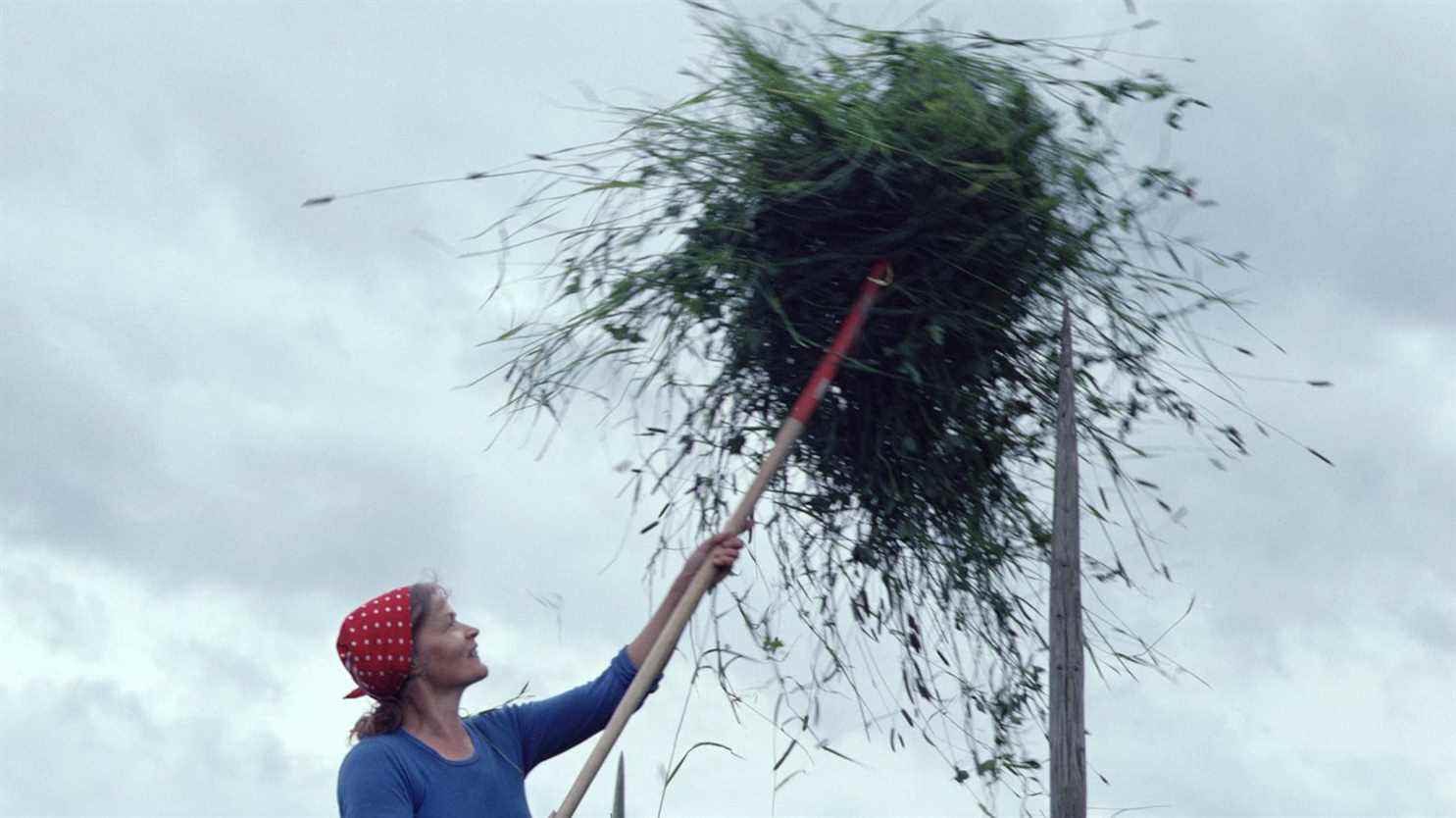Neighboring Sweden and Russia, Finland is one of the northernmost EU countries in Europe. A third of its territory is even north of the polar circle. It therefore has very little agricultural land. One could logically imagine that it suffered cruelly from the war in Ukraine. And yet, no. The Global food index of the magazine The Economist, which measures food production but also its quality and accessibility, last year ranked it fourth in the world. And these performances are not new.
“It has always been a political priorityexplains Sanna-Helena Fallenius, expert at the Finnish Ministry of Agriculture. After the Second World War, it was clear that we did not want to be dependent on important products. We have developed, for example, the production of sugar beet. We kept this policy even after our entry into the European Union. The country is, for example, self-sufficient in meat and cereals, unlike its Swedish neighbour, which has not displayed the same political will.
To compensate for a difficult environment, Finland began by showcasing national productions. It imports 4.8 billion euros in food products, but exports nearly two billion. Dairy giant Valio accounts for a quarter of that total. The other flagship product in Finland is oats, of which it is the world’s second largest exporter. Markku Mikola, in charge of research for the miller Fazermills, explains why this cereal is particularly suited to Finnish soil: “Oats are a humble plant, which even manages to grow here. Our winters are harsh, our summers short but intense. And that’s good for oats.”
And Finland is not just selling its grain. Along with oat protein, his companies make dozens of different food products, from plant milk to oil to flours. Because its other strong point is innovation: Finland is a major producer of vegetable or artificial meats. Onega, for example, is a start-up that manufactures egg white by cultivating microorganisms fueled with glucose. Finland certainly has very little agricultural land, only 7% of its territory, but it has ideas.
